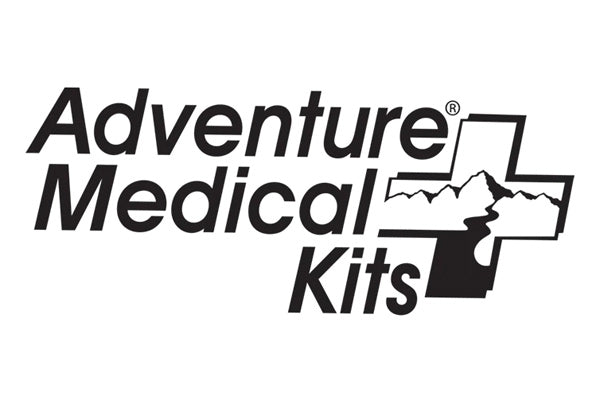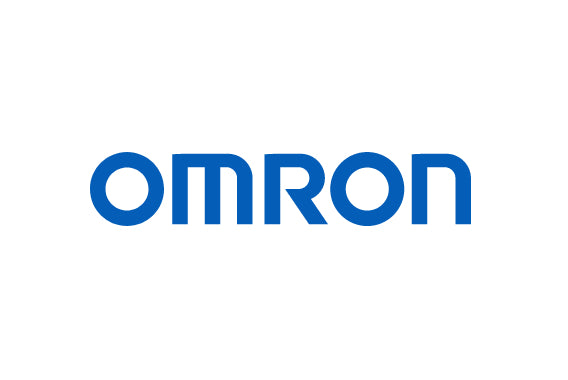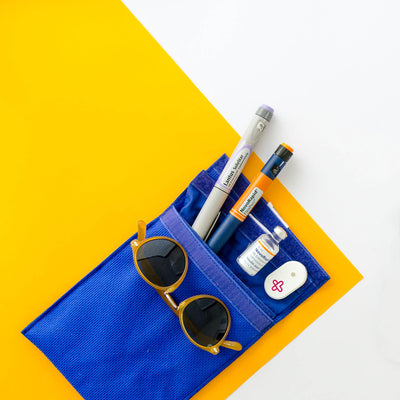You have no items in your shopping cart.
Travel season is here and there's a few things you should consider before packing your luggage if you'll be taking medications. Here's everything you need to know about air travel with syringes, pens, or pumps to make your trip stress-free.

Planning and packing can be stressful when you need to travel with medications. Many are temperature sensitive and must remain within a safe temperature range to be most effective. So, how do you pack your essentials for air travel? Let's walk through a few tips to make it easy.
Packing your Medications
- Pack your medications into carry-on luggage (carry-on limits for liquids don’t apply)
- Check with your airline to see if you can carry an extra bag for medical supplies
- A doctor’s note or travel letter always comes in handy
- Don't forget to bring a cooling case
- Bring along a thermometer like the FSA-eligible MedAngel ONE for your insulin or medication
You should always keep your medication in carry-on luggage so that it's easily accessible if you need it. Carry-on luggage stays in the cabin of the plane, so you don't have to worry about exposing the medication to freezing temperatures during the flight in cargo luggage. Some airlines allow an extra medical supply bag, so be sure to check with your airline for this useful accommodation.
Although you might think you don't need to bring along a doctor's note, there are a few reasons you will want to. Having a note can speed up airport searches as some authorities may be inexperienced with the use of certain drugs. You may also travel to locations where your medication is not as common, so it helps to have your note handy.

The FSA-eligible MedAngel ONE wireless smart thermometer is the perfect companion for medications. Place it next to them in a travel bag, cooling case, or backpack.
Medication cooling cases are a must-have! Insulin and various other meds are sensitive to temperature and must be kept within a safe range to be most effective, so it's best to have a thermometer handy. Cooling cases can help keep your medications at a safe temperature and a MedAngel ONE wireless smart thermometer is so small, it fits in any cooling case. Plus, you'll have full control by monitoring the temperature of your medications anytime on your smartphone.
Passing Airport Security

- Check if your medical device can go through the x-ray (some insulin pumps should not)
- Frozen ice packs for a cooler or cool bag are OK to bring on board
Security checks are routine at airports and may include an x-ray scan of your luggage, a metal detector, or a body scanner. Always check with the manufacturer of your medical device for proper care during these security checks. For example, some insulin pumps should not go through x-ray scanners or body scanners but it is OK to wear them while walking through a metal detector.
As we mentioned before, cooling cases are essential to bring along when traveling with medications. After all, ice packs are fine to carry with you in the cabin, just remember to have an insulating layer between the ice packs and the medications so they don't freeze. But if you use a FRIO cooling case, you can leave that ice pack at home! Pair your cooling case with a MedAngel ONE to monitor the temperature of your medications and insulin and you'll be flying stress-free. It connects via Bluetooth and sends alerts to your smartphone when your medications are getting too warm or too cold.
Tips During Flight

- Air pressure changes can cause air bubbles in prefilled pens and an extra 1-2 unit insulin delivery from pumps
- Plan your dosing schedule if you are crossing time zones
You know that feeling you get when your ears pop and you suddenly feel light-headed? Well that's because the air pressure changes that happen at different elevations. Air pressure differences can affect everything, including your medication and medical devices. A study on the effects of atmospheric pressure on insulin pump delivery sheds some light on this.
The study concludes that insulin pumps can deliver an extra 1-2 units of insulin during the ascension of the plane. While this may seem like an insignificant amount, you may want to take extra precautions with children who are insulin sensitive. It's best to go the safe route and disconnect the pump during the plane's take-off. Then you can check and prime it afterward. Don't forget to do this same procedure when the plane is landing.
On a similar note, prefilled pens can accumulate air bubbles in the pen cartridge after a flight. If you usually keep the needle on the pen, check it before injecting the next time.
Many people with diabetes schedule medication doses around their day. However, air travel can throw off your schedule, so be sure to plan ahead. You may want to consider changing the timing of your injections if you use insulin pens because of the time zone changes. Don't forget to change to the local time zone when you reach your destination to better reference your insulin pump.






















 By Jon Ramirez
By Jon Ramirez